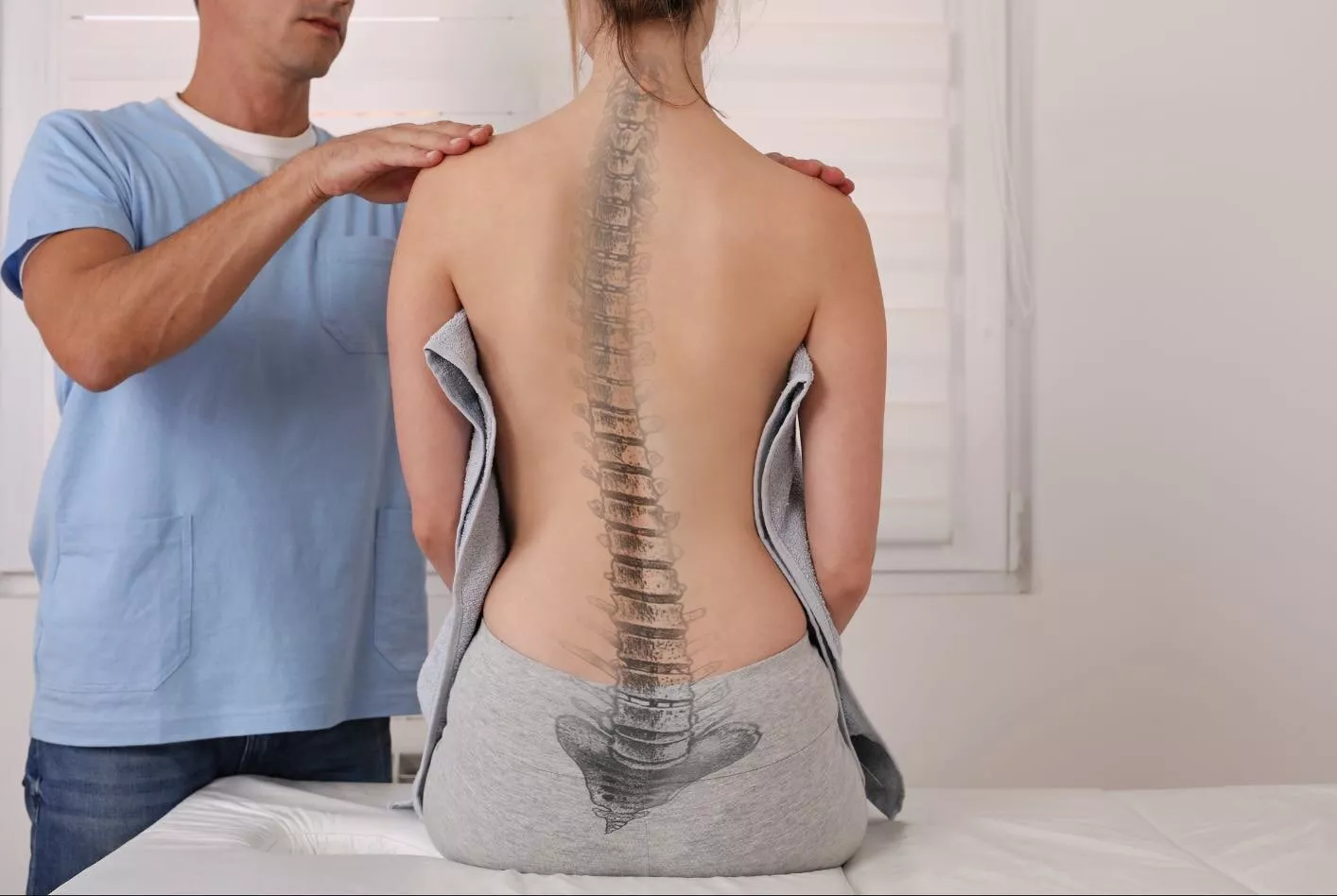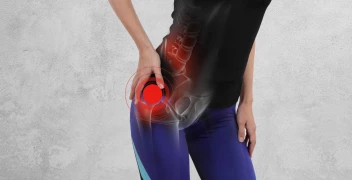
What is Scoliosis Spinal Curvature and How Is It Treated?
- What is Scoliosis Spinal Curvature and How Is It Treated?
- What is Scoliosis Spinal Curvature and How Is It Treated?
- Symptoms of Scoliosis
- Idiopathic Scoliosis
- What Causes Scoliosis?
- How to treat scoliosis
What is Scoliosis Spinal Curvature and How Is It Treated?
Scoliosis is a lateral curvature of the spine, which can be seen in the lower back or chest regions, and can be unilateral or bilateral. When viewed from the back, the healthy spine lies flat on the vertebrae from top to bottom, that is, in the lower back and lumbar regions.
In some cases, scoliosis can be noticed when the spine is viewed from behind, but sometimes it can be invisible when it is straight. For this, it can be noticed by leaning forward and placing the hands next to the kneecaps (they should be at the same level).
Symptoms of Scoliosis
- There is no diagnosis that says that a person with scoliosis also has low back pain. If the person with lichen also has back or lower back pain, the pain may be due to other causes. On top of this situation, it should be examined separately by physicians.
- There is a balance difference between the two shoulders. One is higher.
- The scapula protrusion is more outward on one side.
- Since these situations also affect the waist, the waist line looks crooked.
- At advanced levels, one leg may appear shorter than the other.
Identifying scoliosis is that easy. It can be easily identified without the need for an X-ray if looked a little carefully. It is important that children are checked frequently, especially at school age. Considering that children always carry their school bags on one shoulder for a long time and the bags are very heavy compared to children in primary school age, the risk of scoliosis increases considerably. Or, the weight of an individual working in a heavy job all the time to one side of his body can cause scoliosis. Again, in the same logic, the unilateral work of the person who does sports with weight equipment and especially the adolescent who enters the adolescence weight equipment, although it is not very accurate, directly affects the formation of scoliosis, apart from wearing out the muscles.
Idiopathic Scoliosis
Scoliosis tables in which the factor causing the structural curvature of the spine is unknown is called idiopathic scoliosis and approximately 80% of all scoliosis are in this group. This complex spinal pathology, which is thought to occur due to more than one cause during the rapid growth period in childhood, is usually painless and asymptomatic, and therefore it is very difficult to detect. In patients who progress without diagnosis in the early period and cannot be treated, acute or chronic back and low back pain occur, heart and lung functions deteriorate, and physical movement limitation is observed. The risk of depression due to cosmetic defect is quite high and the quality of life of the person is greatly impaired. Sudden death risk is high in severe curves.
Idiopathic scoliosis is generally classified into four different groups according to the age at which the curvature is noticed: infantile (0-3 years old), juvenile (3-10 years old), adolescent (10-18 years old) and adult (18 years and older) scoliosis. While infantile scoliosis is extremely rare at a rate of 2%, the incidence of juvenile scoliosis is around 12-17%. Adolescent scoliosis, also known as late-onset scoliosis, which occurs around adolescence, is responsible for approximately 90% of all scoliosis cases.
What Causes Scoliosis?
The cause of idiopathic scoliosis, which occurs in two to four of every 100 healthy children, is not known exactly. However, we can list some of the factors associated with the occurrence of the disease as follows:
• The functioning of the structural elements in the spine
• The way neuromuscular structures work
• Presence of certain diseases such as posterior colon dysfunction
• Hormonal factors
• Biomechanical factors
• Congenital characteristics such as gender, developmental characteristics, genetic predisposition
• Vitamin D deficiency
• Unhealthy eating habits
• Socioeconomic status
• Working from jobs that require asymmetrical loading on the spine
What are the Symptoms of Scoliosis?
Scoliosis starts very secretly and can progress without any symptoms for a long time. There is usually no pain and the majority of cases are discovered by chance on radiographs taken for other reasons. However, in people with loss of flexibility in the hamstring muscles, decrease in the bending capacity of the spine, and weakness in the abdominal and back muscles, severe low back pain may occur as a result of some physical activities and visible symptoms may occur. However, considering the relationship of the spine with the thorax, patients with severe curvature present with shallow breathing and frequent respiratory tract infection symptoms due to decreased chest compliance. It is known that progressive and untreated cases increase the susceptibility to depressive mood and various mental and psychological diseases, and spinal curvatures above 90° are associated with sudden death syndrome.
How to treat scoliosis
- With exercise and rehabilitation
- With corsets suitable for scoliosis
- It can be treated with surgical intervention, which is the last solution.
Orthopedics and Traumatology Doctors Istanbul Turkey - Click to make an appointment for free.
Orthopedics and Traumatology Doctors Izmir Turkey - Click to make an appointment for free.
Orthopedics and Traumatology Doctors Antalya Turkey - Click to make an appointment for free.
#Orthopedics and Traumatology#https://en.doktoruzman.com/polyclinic/orthopedics-and-traumatology/istanbul

